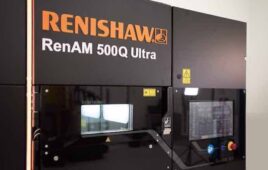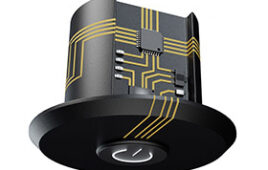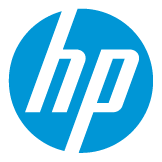Printing 3D materials with the consistency of clay or cookie dough is now possible because of Purdue University research. This development may eventually allow the creation of solid rockets, pharmaceuticals, biomedical implants and more.
“It’s very exciting that we can print materials with consistensies that no one’s been able to print.” says Emre Gunduz, assistant research professor in the School of Mechanical Engineering. “We can 3-D print different textures of food; biomedical implants, like dental crowns made of ceramics, can be customized. Pharmacies can 3-D print personalized drugs, so a person only has to take one pill, instead of 10.”
Purdue researchers added high-amplitude ultrasonic vibrations to the nozzle of the 3D printer.
“We found that by vibrating the nozzle in a very specific way, we can reduce the friction on the nozzle walls, and the material just snakes through,” Gunduz says.
Often, it is difficult to see the 3D printing process because the materials are opaque and the material is hidden in the nozzle. The team traveled to Argonne National Laboratory to conduct high-speed microscopic X-ray imaging, so they could see inside the nozzle and measure the flow of the clay material.
“The results were really striking,” Gunduz says. “Nobody has ever characterized a viscous flow through a channel this way. We were able to quantify the flow, and understand how our method was actually working.”
The research is being conducted at Purdue’s Zucrow Labs, and the first application being tested is for solid rocket fuel.
“Solid propellants start out very viscous, like the consistency of cookie dough,” says Monique McClain, a Ph.D. candidate in Purdue’s School of Aeronautics and Astronautics. “It’s very difficult to print because it cures over time, and it’s also very sensitive to temperature. But with this method, we were actually able to print strands of solid propellant that burned comparably to traditionally cast methods.”
McClain tested the combustion by printing two-centimeter samples and fired them in a high-pressure vessel to analyze the burn with a slow-motion video. 3D printing for solid rocket fuels provides the opportunity to customize the geometry of a rocket and modify its combustion.
“We may want to have certain parts burn faster or slower, or something that burns faster in the center than the outside,” McClain says. “We can create this much more precisely with this 3-D printing method.”
Filed Under: 3D printing • additive • stereolithography, Materials • advanced




